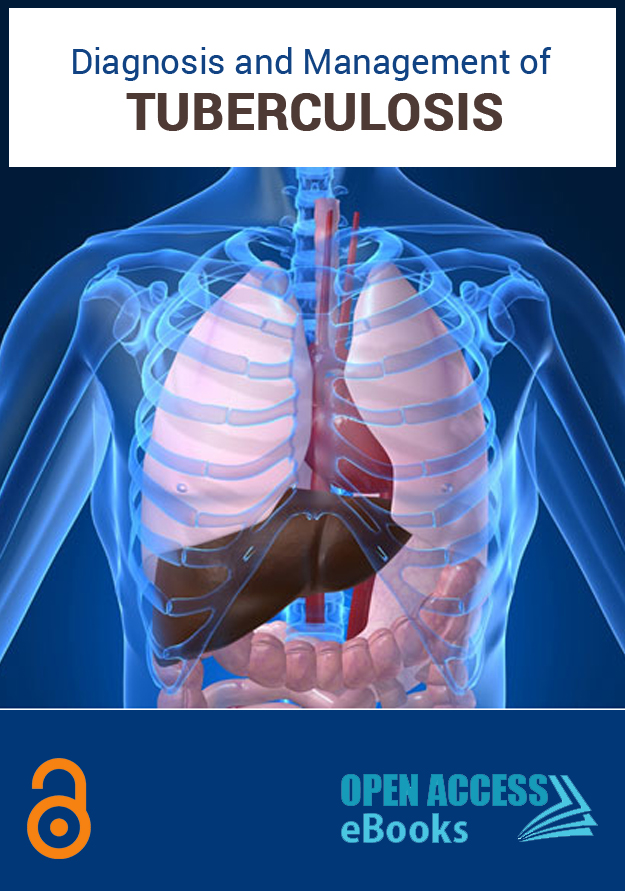
ISBN: 978-81-935757-4-1
Abnormal growth of cells in Cervix area known as Cervical Cancer (mainly seen in females). Lower most part of uterus is known as Cervix. Radiation therapy and chemotherapy are mostly used in the treatment of Cervical Cancer. It is mainly caused by virus called Human Papillomavirus (HPV). Not all HPV viruses cause Cervical Cancer but HPV is found in 99% of Cervical Cancers. Unlike other cancers, cervical cancer is the only cancer that is almost preventable by safe, simple and inexpensive methods.
Open Access eBooks is inviting researchers to submit their book chapter for the publication in volume 1 of an eBook Current Research & Reviews on Cervical Cancer.
All book chapters undergo review process and published content is available in PDF & HTML formats.
Benefits of publishing with us:
Universal Access: eBooks published in Open Access eBooks gain international visibility. No region barriers and content is accessed by everyone across the world from our website. We also deposit published eBooks in different databases.
Freely Available: Open Access eBooks follows the principles of Open Access and the content is available to the readers without any cost. Readers can read, share, and store the published ebooks/book chapters.
Copyright with Authors: As an eBook publisher, we serve researchers in publishing their valuable work after the stringent review process. However, copyright lies with authors. We follow the CC-BY-NC-ND license (https://creativecommons.org/licenses/by-nc-nd/3.0/).
Different Formats: We provide eBooks in PDF and HTML formats. Both formats are user friendly and can act as per the user requirements. We put our efforts to provide other formats in future.
For more information, contact info@openaccessebooks.com
Published Chapters:
Therapeutic action of curcumin loaded chitosan nanoparticles for cervical cancer
Author(s): MD Asad Khan*; M Moshahid Alam Rizvi
Cervical cancer is the second leading cancer in female globally and predominant etiological agent for cervical cancer is human papillomaviruses (HPVs). There is various conventional treatment strategies for the cervical cancer, such as surgery, anticancer drugs and chemoradiotherapy have been improved over a last few decades. However, they remain far from optimal treatment. Recently, cancer research is targeted on improving cancer diagnosis and nanotechnology based treatment methods, which engages the design, preparation, characterization and application on nanoscale drug carrier systems. In medicine, nanotechnologies, such as polymeric nanoparticles, solid lipid nanoparticles, nanostructured lipid (lipid nanaoprticles) carriers, gold & silver nanoparticles, hydrogels, cyclodextrin complexes, and liquid crystals are emerging tools for diagnostic probes and therapeutic devices. The aim of this review is to present a systematic knowledge of nanotechnology-based drug delivery systems for cervical cancer.
Quality assurance in reporting Cervical Cytology
Author(s): Kalyani Raju, MD
Pathologists play a central role in delivering healthcare which includes cancer screening programmes as Pap test in cervical cytology. Quality is the integral part of any laboratory report. Quality is characteristic of entities that bear upon its ability to satisfy stated or implied needs. Quality control (QC) is the operational techniques and activities that fulfill and verify requirement of quality in an individual test or a process. Technical quality ensures that the products falls within pre-established tolerance limits. QC measures output. QC and organizational structure are complement to each other. It originated in industry as industrial QC which later extended to health care. Initially the QC in medical laboratories started with clinical biochemistry, later it was implemented to other labs and also clinical world [1,2,3]. In cervical cytology quality control is the design which ensures accuracy of interpretation and reporting of cervical smear [4].
Uterine Cervix Cancer Cells Re-Establish the Natural Lactate Rich Microenvironment, favoring Disease Progression
Author(s): Jacinta Serpa, PhD
The way a cell undergoes malignant transformation should meet their capacity of surviving in the microenvironment of the organ where the cancer will develop. Metabolic adaptation is for sure one of the criteria that must be accomplished, driven by metabolic plasticity that allows the adaptation of cancer cells to the availability of energy and biomass sources that will sustain cell survival and proliferation. Each human organ has a particular microenvironment which is created by several cell types and in some cases also by symbiotic microorganisms. These biological partners are constantly sharing organic compounds and signaling molecules that will control cell proliferation and differentiation, accounting for the organ's function.
Role of Non Coding Sequences in Cervical Cancer
Author(s): Aswini P; Sameer Kumar VB
Cervical cancer (CC) is one of the most deadly yet easily preventable cancer types of women which is responsible for more than 530000 cases and 264000 deaths, annually worldwide. The occurrence of cervical cancer is reported to be more in women of developing countries such as in Latin America, sub-Saharan Africa, and Indian subcontinent. Cervical cancers include malignancies of cervix, which is the narrow portion of the uterus where it joins with the vagina. There are two types of cells on the surface of the cervix namely, squamous and columnar and most cervical cancers originate from squamous cells. Cervical cancer usually develops in a low pace; beginning with a pre cancerous condition called dysplasia which can be detected by Pap smears and is assuredly curable at the early stage
Evidence Based Management of Cervical Precancer
Author(s): Sandhya Babu
Cervical cancer, which is the fourth commonest cancer in women with an estimated 570,000 new cases in 2018 globally, and kills over 265,000 women annually, is preventable to a large extent. The recognition of the role of the HPV (high risk HPV, hr HPV) in the aetiology of Cancer cervix has led to the development of anti-HPV vaccines, which enable primary prevention of at least 70% of cancer cervix [2,3]. Cervical pre-cancerous states, which have a slow evolution to cancer, with a median interval of 23.5 years (10 years in 1.6%) in some studies [4], provide a window period for intervention...
Descriptive Study of Different Methods of Cervical Cancer Screening Among Ever Married Women Aged 35 And 45 Years in Kalutara District: A Cross Sectional Study
Author(s): Mapitigama N; Beneragama BVSH; Moonesinghe L; Punchihewa R; Perera KCM*
One of the major drawback of the present cervical cancer screening programme in Sri Lankla is the suboptimal sensitivity (53%) of the pap smear to detect Cervical Intraepithelial Neoplasia (CIN). The sensitivity of LBC and HPV/DNA test to detect CIN II+ is 79.1% and 92.9% respectively. The objective of the study was to describe results of HPV/DNA screening test, conventional cytology and Liquid Based Cytology (LBC) among 35 and 45 year old women cohorts in Kalutara district.


